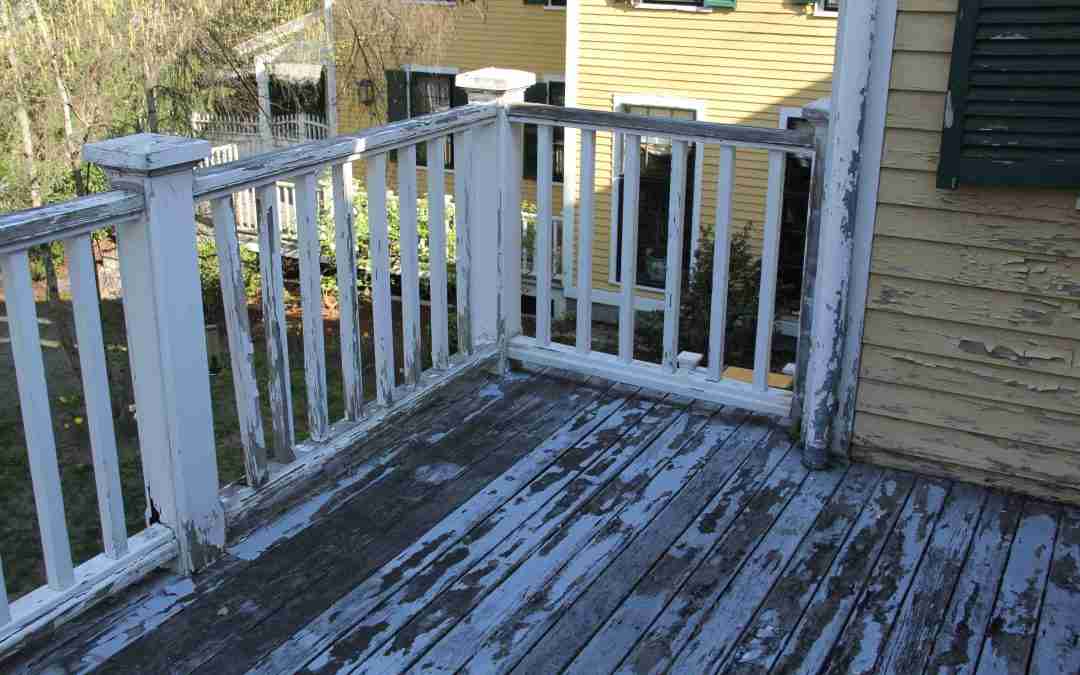California’s SB 721 and SB 326 mandate regular inspections of decks and balconies for multifamily residential buildings. These laws aim to prevent structural failures and ensure the safety of residents.
One of the key debates surrounding these inspections is whether to employ destructive or non-destructive testing methods. This article explores the pros and cons of destructive deck and balcony inspection, arguing in favor of non-destructive visual method.
Understanding Destructive Testing
Destructive testing involves removing sections of a Deck and Balcony Inspection to examine the internal structures and materials for signs of damage, decay, or failure. This method provides a thorough and detailed assessment of the structural integrity.
Pros of Destructive Testing
1. Comprehensive Insight: Destructive testing offers an in-depth understanding of the condition of internal components that might not be visible externally. This can identify hidden issues like rot or internal moisture damage.
2. High Accuracy: By examining the actual materials and internal structures, destructive testing provides highly accurate results, ensuring that all potential issues are identified and addressed.
3. Compliance Assurance: Given the detailed nature of destructive testing, it can ensure full compliance with the stringent requirements of SB 721 and SB 326.
Cons of Destructive Testing
1. High Cost: Destructive testing is expensive due to the labor-intensive process of removing and then repairing parts of the structure. This can be a significant financial burden for property owners.
2. Structural Damage: The process itself can cause damage to the Deck and Balcony Inspection, which may require additional repairs and can compromise the integrity of the structure.
3. Inconvenience: The intrusive nature of destructive testing can be highly inconvenient for residents, often requiring partial or complete closure of the affected areas during inspection and repair.
4. Aesthetic Impact: Post-inspection repairs can lead to mismatched materials and finishes, impacting the aesthetic appeal of the property.
Non-Destructive Testing Methods
Non-destructive testing (NDT) method include visual inspections. This technique offer several advantages over destructive testing.
Pros of Non-Destructive Testing
1. Cost-Effective: Non-destructive methods are generally more affordable, as they do not involve the removal and subsequent repair of structural components.
2. Preserves Structural Integrity: Since these methods do not damage the structure, they help maintain the integrity and longevity of the Deck and Balcony Inspection.
3. Minimal Disruption: NDT methods cause minimal disruption to residents, as they do not require extensive closures or repairs.
4. Aesthetic Preservation: These methods do not alter the appearance of the structure, ensuring that the property maintains its visual appeal.
Cons of Non-Destructive Testing
1. Surface-Level Inspection: Non-destructive methods primarily assess surface conditions looking for signs the structure has been compromised through movement or shifting in the stucco, deck coating or exposed framing members.
2. False Negatives: There is a risk of missing underlying damage, leading to potential safety risks if the recommendations after visual inspection are not followed.
Making the Case for Non-Destructive Testing
While destructive testing offers detailed insights, the drawbacks, particularly the high cost and potential structural damage, make it less appealing for property owners.
Non-destructive methods, on the other hand, strike a balance between effectiveness and practicality..
Visual inspections, when conducted by trained professionals, can identify many potential problems. Combining these non-destructive methods provides a comprehensive overview of the
deck or balcony’s condition, ensuring safety and compliance with and SB 326, while avoiding the downsides of destructive testing.
Conclusion
In conclusion, while destructive testing for deck and balcony inspections under California laws SB 721 and SB 326 can provide detailed information, the associated costs, structural damage, and inconvenience make it a less favorable option. Non-destructive testing methods, including visual inspections, offer a practical, cost-effective, and minimally disruptive alternative. By
leveraging advanced technologies and skilled inspectors, non-destructive methods can ensure safety and compliance without compromising the structural integrity or aesthetic appeal of the property. In the end, SB 326 calls for visual inspections while SB 721 is vague and offers no exact solution. We at South Coast Deck Inspections, have understood these bills to require visual inspections for SB 721 and SB 326.
For more information on non-destructive deck and balcony inspections, visit South Coast Deck Inspections.

